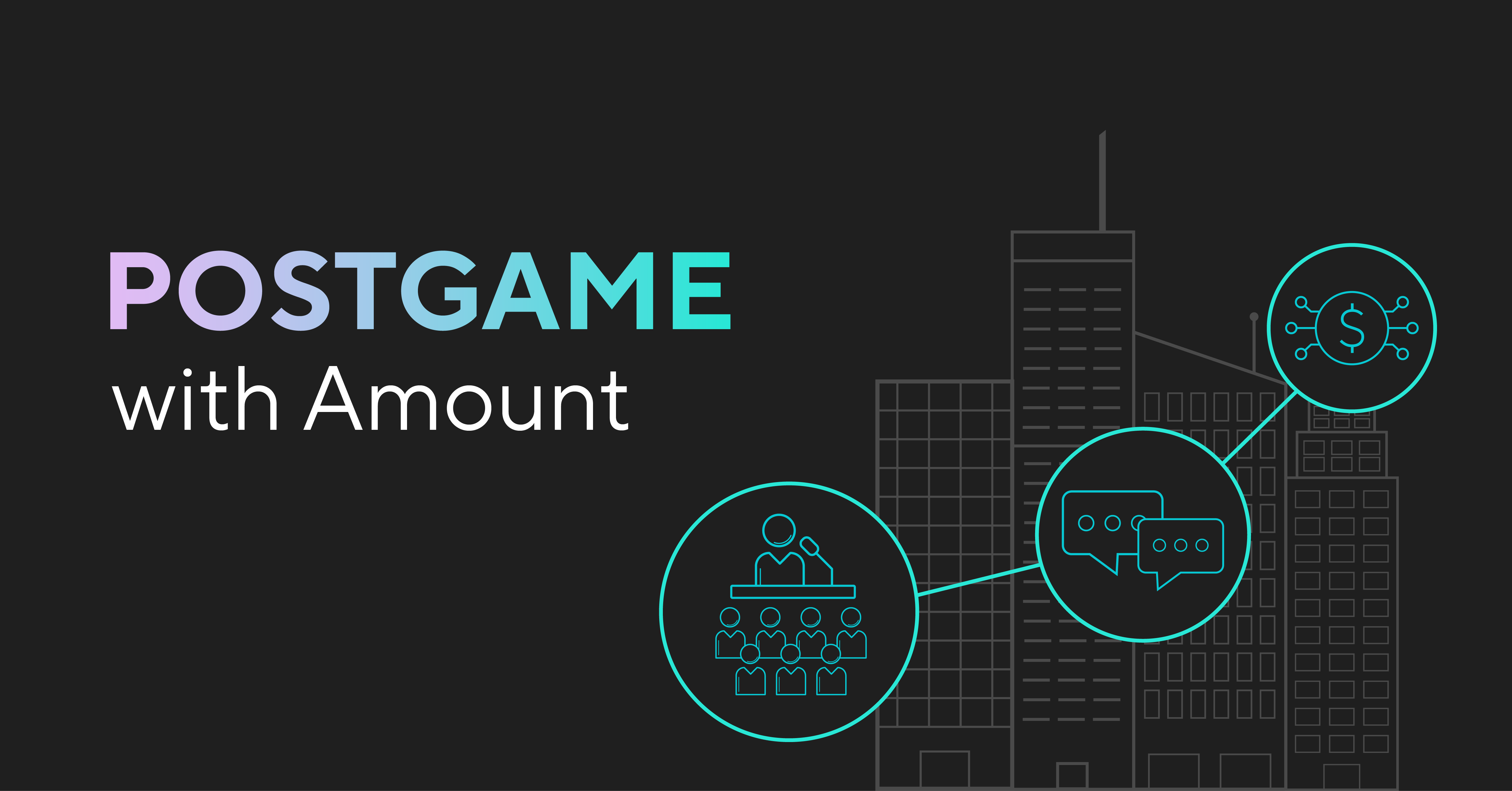How Banks can Navigate Lending Uncertainty to Their Advantage

Earlier this month, I had the opportunity to participate in a panel discussion with Liberty Bank’s Head of Retail Lending Matt Cammarota. Hosted by American Banker, our conversation ranged from the current state of the market, the technological advancements reshaping our industry and what financial institutions can do to capitalize on lending uncertainty. Here are some key takeaways from our discussion.
Understanding Market Sentiments
The current economic conditions have created a unique dynamic in the lending market. With interest rates impacting the real estate sector, consumers are shifting focus to savings opportunities. High-interest savings accounts have seen a surge while credit card utilization remains high post-COVID, leading to significant debt burdens. According to data from LendingTree, Bankrate and the Federal Reserve, about one-fifth of consumers are maxed out on their credit cards, and high interest rates are driving many to seek debt consolidation options. This shift has led to a doubling in personal loan volumes over the past seven years.
Another current market sentiment is how consumers are looking to banks and credit unions for seamless digital experiences and not just for financial products. Multiple surveys indicate a willingness from consumers to pay a premium for better service, underscoring the need for banks to offer exceptional customer experiences both online and in branches.
Adapting to Consumer Expectations
The growth of consumer balances has outpaced many other asset classes, highlighting the importance of quick access to funds. For instance, home equity lines of credit (HELOCs) are now closing in 35-40 days, a significant improvement from the previous 60-70 days. This speed is crucial for consumers seeking to consolidate debt or finance home improvements.
Cammarota emphasized that meeting these expectations requires significant investments in technology to enhance business agility. Banks providing trusted and efficient service, whether through digital platforms or in-person interactions, is paramount. Upgrading branch experiences and leveraging digital tools can help banks cater to customers’ wishes and create opportunities for cross-selling and upselling.
Balancing Risk Management and Consumer Demands
Risk management is a critical aspect of lending, encompassing both credit risk and security/fraud risk. Financial institutions need to understand different market segments and use the appropriate decisioning tools to balance risk and business expansion. However, these security measures must not compromise the customer experience.
Cammarota and I both agreed collaboration and data sharing are crucial among financial institutions, both contributing to enhanced risk management practices. Leveraging AI and predictive decisioning tools helps understand market segments, optimize offerings, and improve customer experiences. For example, implementing AI for fraud services and credit decisioning ensures transparency and robust model governance.
Embracing Technological Advancements
The bank-fintech partnership model enables financial institutions to leverage specialized fintech platforms for performance advantages. The next phase of SaaS platforms will involve composability, enabling quick product development and deployment. Data plays a central role in powering these platforms, enhancing decision-making and customer interactions.
Matt shared how partnering with Amount enabled Liberty Bank to significantly improve scalability and handle increased application volumes without proportional increases in staffing. Implementing API-driven integrations has also reduced the technical burden and sped up the go-to-market process.
Customization and Personalization
Offering personalized financial products is crucial for attracting and retaining customers. Predictive modeling can help banks offer the right product at the right time, enhancing the customer experience. Dynamic processes that adjust in real-time to customer needs are essential for retaining customers and increasing profitability.
Conclusion
Navigating lending uncertainty requires a strategic balance between leveraging technology, managing risks and meeting growing consumer demands. Financial institutions must continuously evaluate their technology and data strategies to optimize opportunities. Whether through internal development or fintech partnerships, banks can achieve agility and provide personalized, seamless experiences that meet the evolving needs of their customers.
By focusing on these key areas, financial institutions can not only navigate economic uncertainties but also thrive in a tech-driven financial landscape, delivering exceptional value to their customers and driving our industry forward.
Interested in hearing our entire discussion? Download and watch the webinar here.

Learn how to define a clear vision and strategy for your financial institution's digital transformation by downloading our ebook, The Beginner's Guide to Digital Transformation in Banking.
 Download Report
Download Report